Well . . . they sort of look like little fairies, the White Peacock Butterfly, Anartia jatrophae, which have been one of my staple butterflies this year. Here’s 3 of my shots of these lacy-like butterfly the other day.
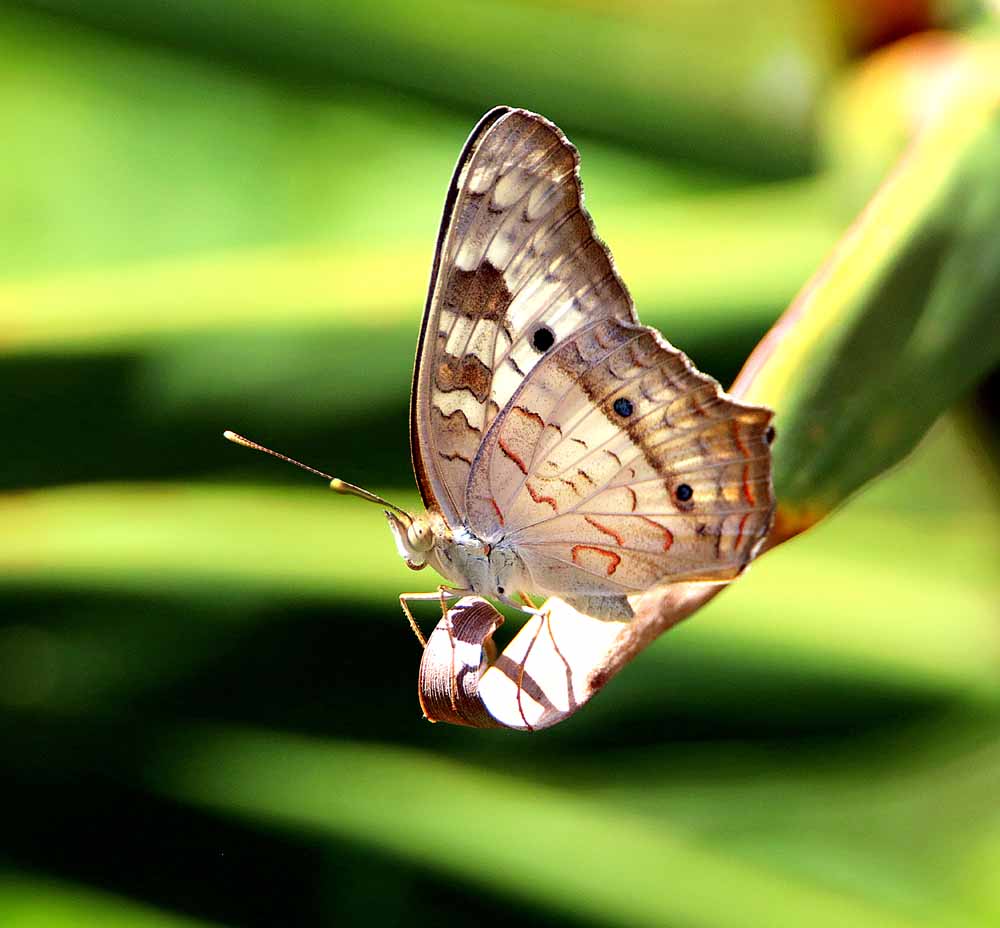
Well . . . they sort of look like little fairies, the White Peacock Butterfly, Anartia jatrophae, which have been one of my staple butterflies this year. Here’s 3 of my shots of these lacy-like butterfly the other day.

These very tiny little intricate-patterned butterflies have been another one of my regular butterflies this year and I really like them! With wings folded they are about the size of my thumbnail. Here’s just one shot from my garden the other day.
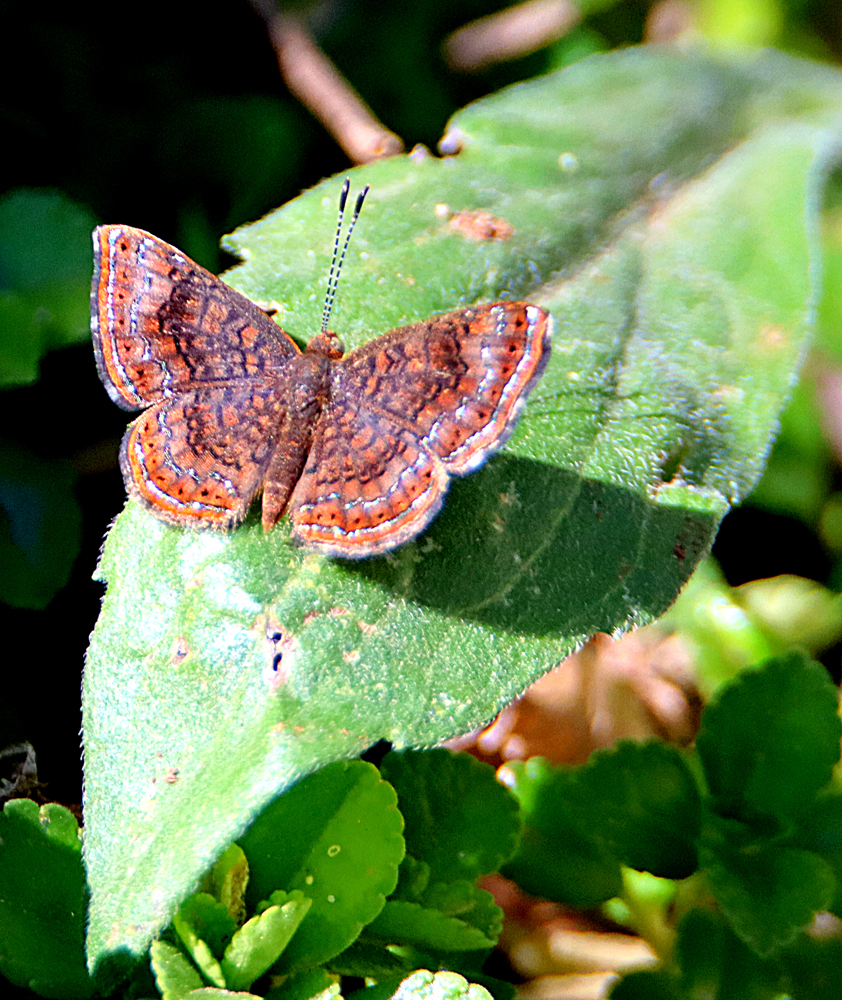
See more in my Rounded Metalmark Gallery.
¡Pura Vida!
Though this one does not have the violet color as my other sighting of this species did, I believe this is the correct ID and most of the others posted online do not have the violet color. Violet-frosted Skipper, Mnasicles geta, link to my gallery on this one. And like many others I’ve found here, I think that there should probably be multiple subspecies of this one with different colorations.

And link to all my Costa Rica Butterflies galleries.
¡Pura Vida!
At first, when I saw this insect in my bathroom, I thought it might be the ol’ “stink bug” I’ve seen in many places since a child in Arkansas, but I’ve learned that this insect, sometimes commonly called a “Snout Beetle,” is not a beetle at all, but one of 83,000 species of weevils world-wide or a part of the total 300,000 species of insects in Costa Rica. I could not find the number of weevil species in Costa Rica, though a lot is said here about Palm Weevils, but no book or website to identify. For now, this one will go into my insect galleries as an “Unidentified Weevil.” Click that link to see 3 different types I’ve photographed here. 🙂
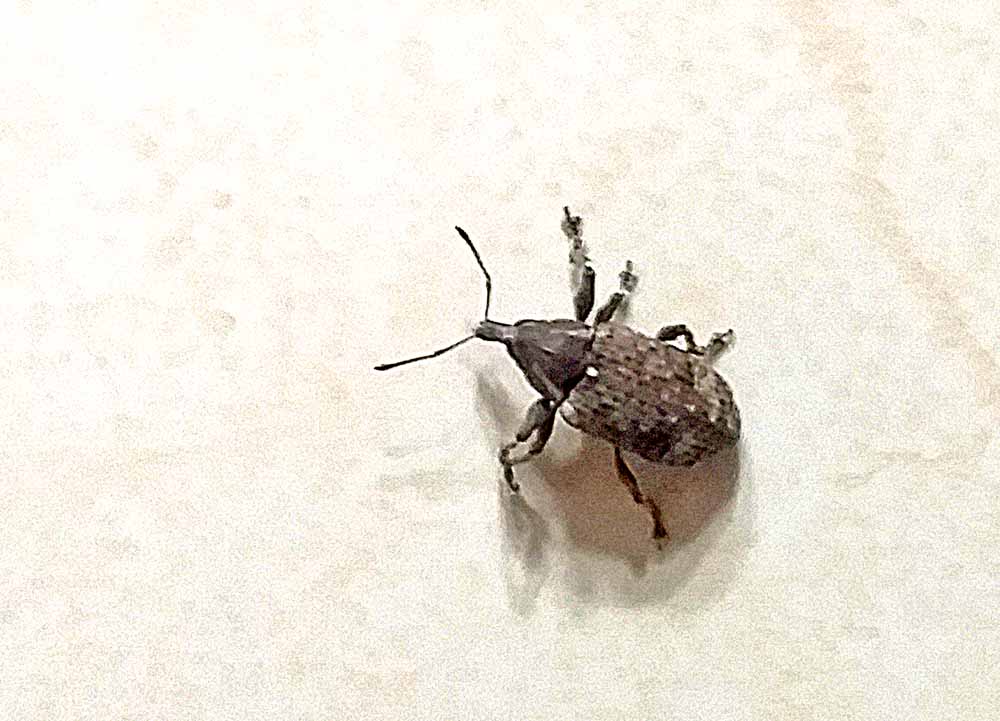
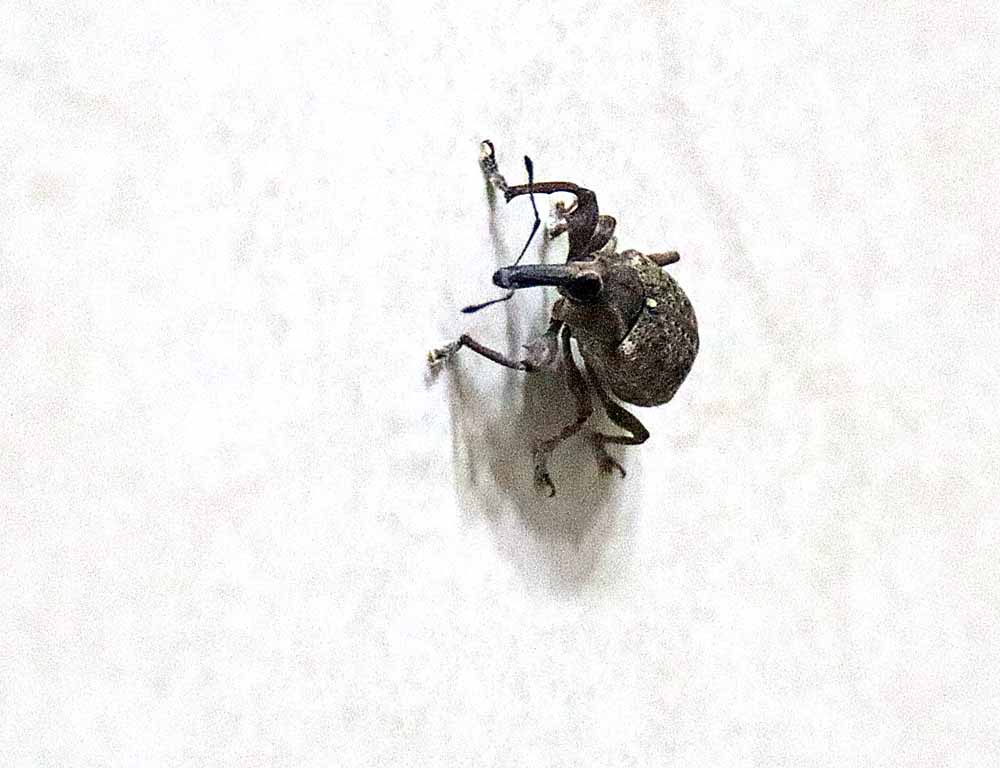
See my photo galleries of More Insects (other than butterflies).
¡Pura Vida!
Instead of such an obvious “Common Name” (above) the source website names that I have to use for BAMONA, which doesn’t already have this butterfly in their database yet, is whatever BOA (butterfliesofamerica) has in their listing and their “common name” is Augustinula Hairstreak with the scientific name of Denivia augustinula. So that is the ID you will find in my personal gallery (which I try to keep in sync with butterfliesandmoths). In my gallery I have more photos from this past Sunday morning’s new discovery for me at Augustinula Hairstreak Gallery where there is an interesting rear shot with a long shadow of the insect. 🙂
For the serious student of butterflies, the Glassberg book uses the common name of “Blue-spotted Greatstreak” and another scientific name used online: Theritas augustinula. Plus, for what it is worth, I found a 3rd scientific name being used online of Thecla augustinula. :-) You can see why identification sometimes drives me crazy! 🙂 Just one photo here and you can go to my gallery for more.
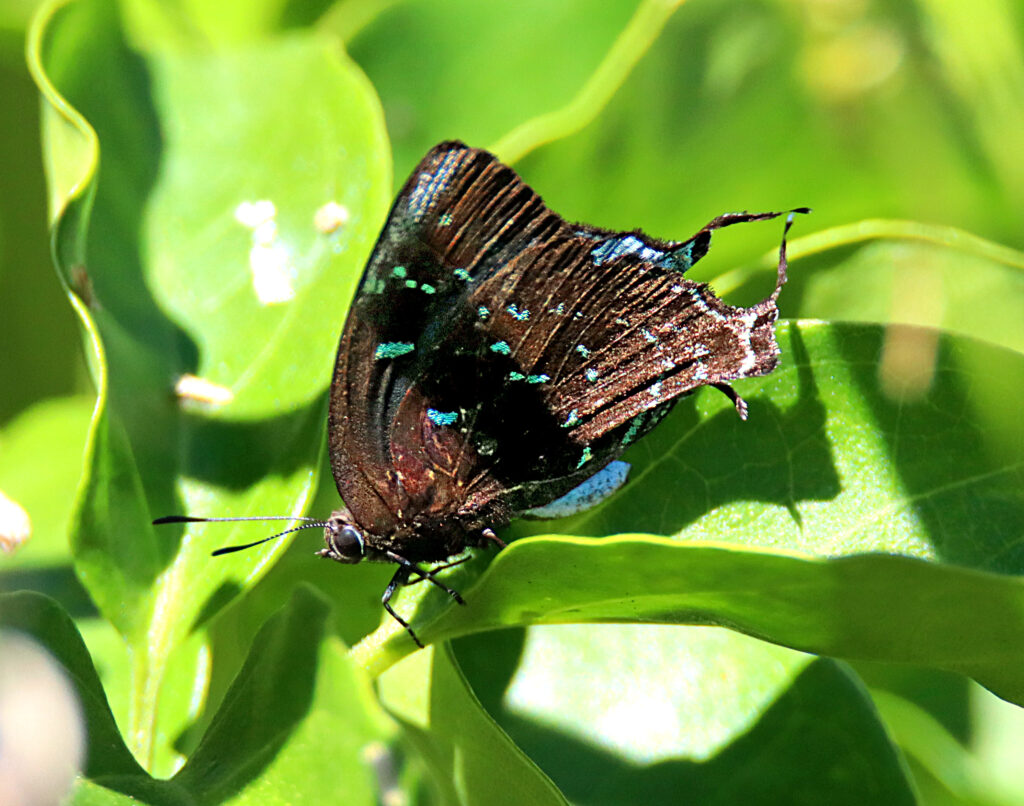
¡Pura Vida!
That is . . . a new species for me to photograph! There are so many species of butterflies in Costa Rica, about 1500, that my butterfly gallery of 260 species barely shows the huge variety here! This tiny butterfly landed on an equally tiny wildflower for just a few seconds and was gone! Because he is one of the “Blues,” the top side of his wings will be some shade of blue, but I did not get to see or photograph that and he was even partly hidden behind a portion of the flower. Maybe I’ll see this one again soon.
He has been seen spottily across the U.S., though mainly in Florida and Texas and on south through Central America. See the location map on ButterfliesAndMoths. Here’s two shots I got in my garden.
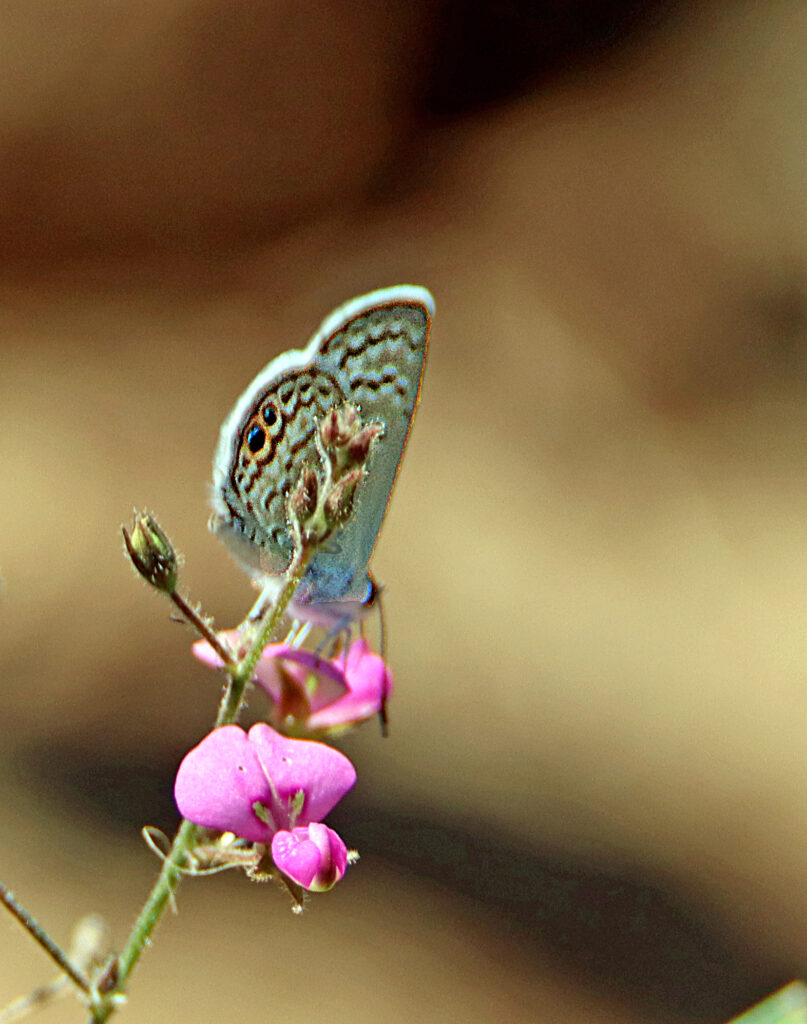
This Eastern Tailed-Blue (Cupido comyntas) is a cousin of the Ceraunus Blue (linked to blog post) I shared a few days ago, another sub-family in the Gossamer Wings or Lycaenidae Family (linked to that group of galleries) of butterflies and another one of those very tiny ones, as noted by him being on a blade of grass in these photos. :-) Most in the Lycaenidae Family are tiny. Also he’s called a “blue” because the top of his wings are a powdery blue, though barely seen in just one of these photos. Because of the wind this time of year he keeps wings folded when landed, but you can see my photo of another one with open wings in my Eastern Tailed-Blue GALLERY where all the photos have come from my garden. 🙂 And also note that with my eyes he looks white, but the light and/or camera give him a brownish hue this time that I cannot explain.
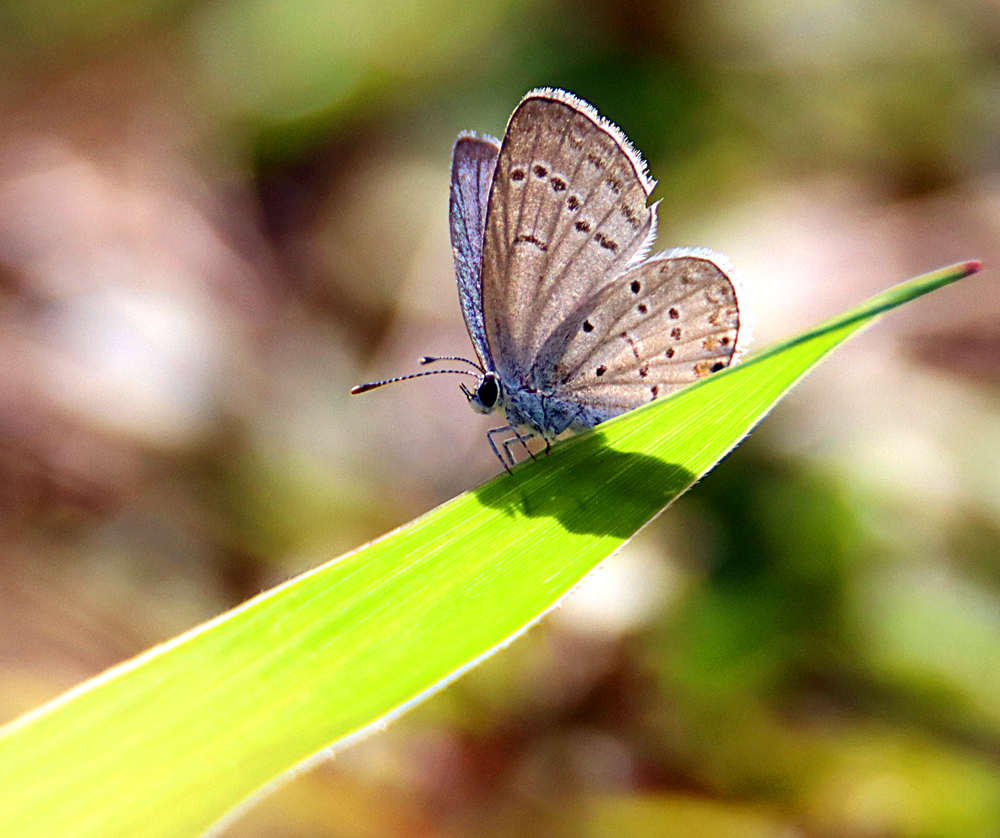
White Peacock – Anartia jatrophae – I always prefer photos of the tops of their wings when open and spread out, but we have so much wind this time of year that they won’t risk being blown away by keeping their wings folded every time they land and even then their folded wings are like a little sail sticking up. :-) Though not as common for me as the Banded Peacock, they are fairly common all over Costa Rica on both slopes as you can see in my White Peacock GALLERY, though so far only at lower elevations. Here’s two shots from my garden the other day . . .
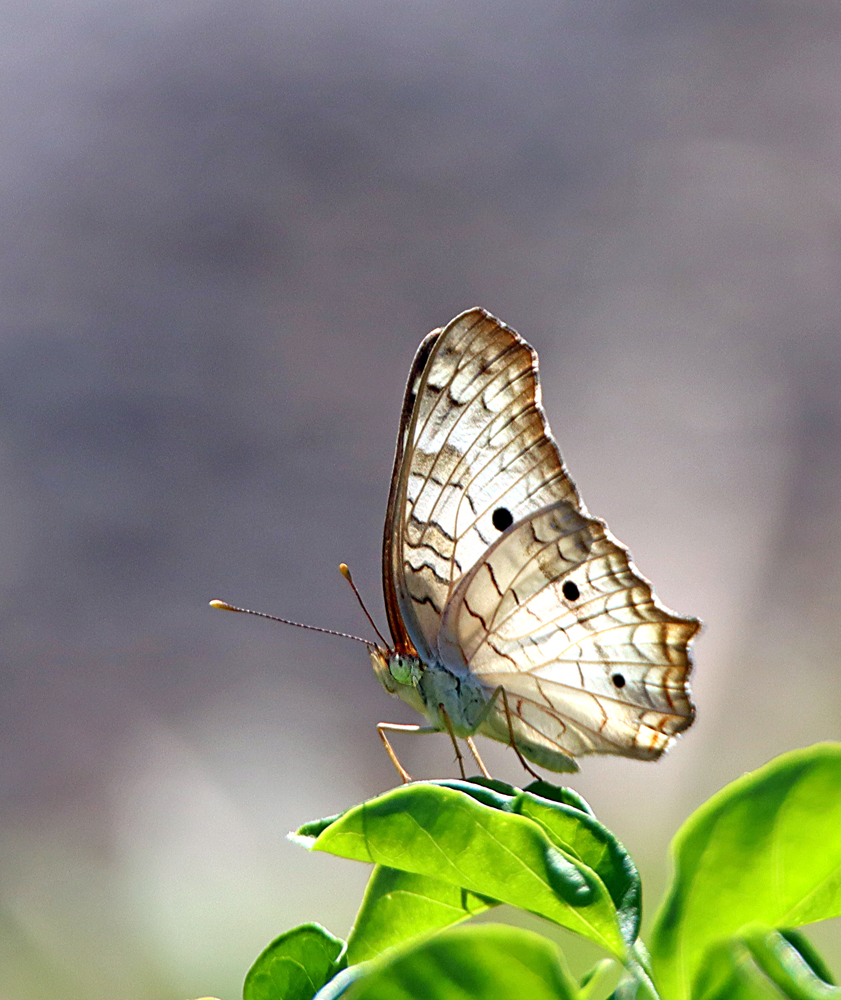
This tiny little butterfly was new to me in a September 2022 sighting at Hotel Banana Azul in Caribbean Costa Rica, which I saw again there and in my garden in 2023, Ceraunus Blue, Hemiargus ceraunus! I liked it so much I chose one of my garden shots for the cover of my newest butterfly book, Pura Vida Butterflies, Second Edition released last month.
Of course I also have a Ceraunus Blue GALLERY with shots from all four sightings. Now here’s what I saw the other day in my garden, with two shots, even though not as good as my earlier photos :-) . . .
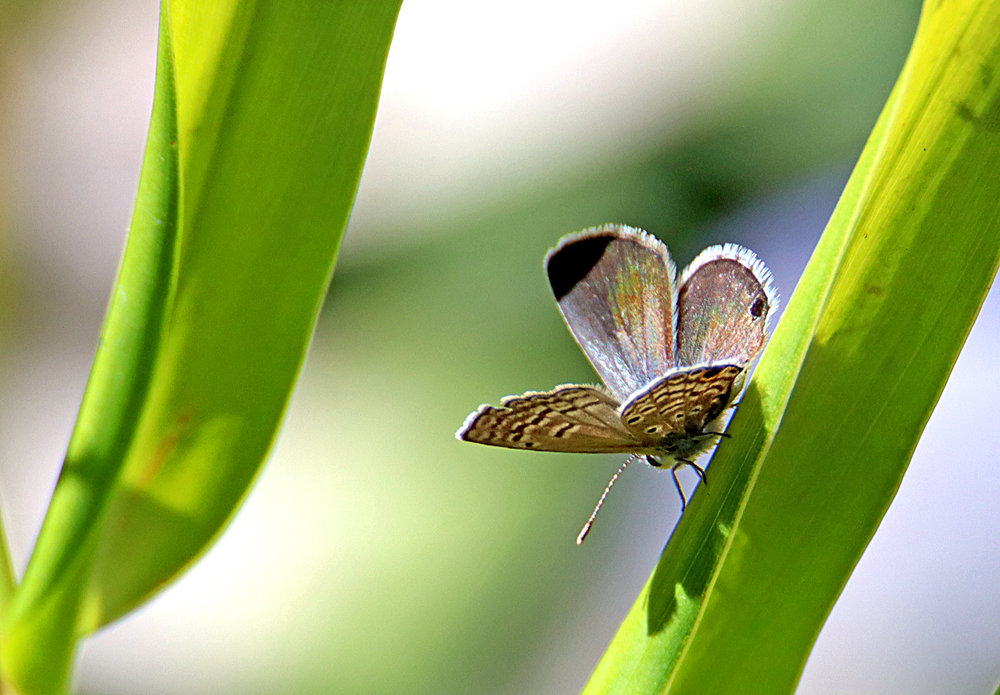
That seem to be mating on a leaf in my garden. Just one more intriguing photo from nature! :-)
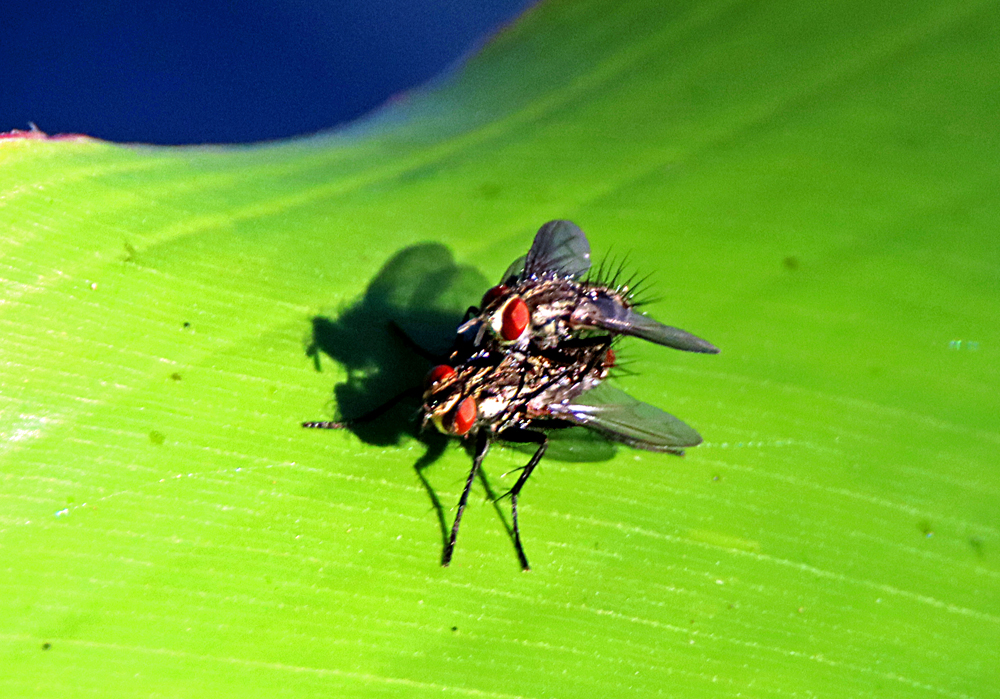
85+ funny insect photos in my More Insects CR GALLERY. Or for more similar to this, go to the sub-gallery Unidentified Other Insects.
¡Pura Vida!